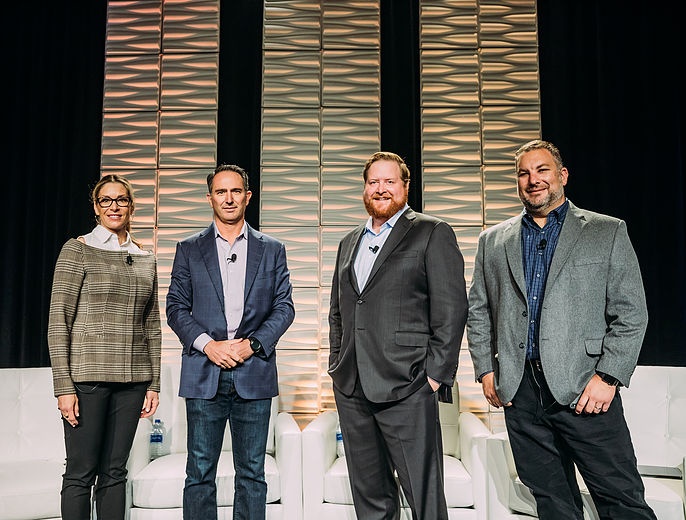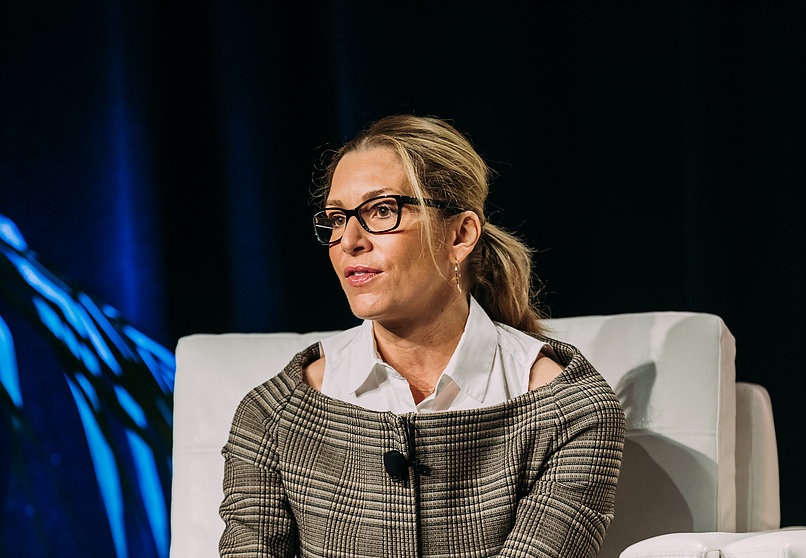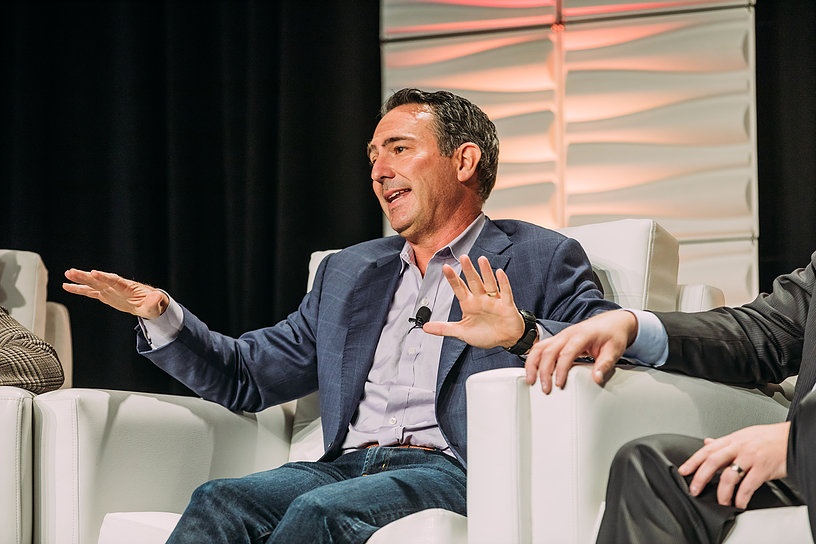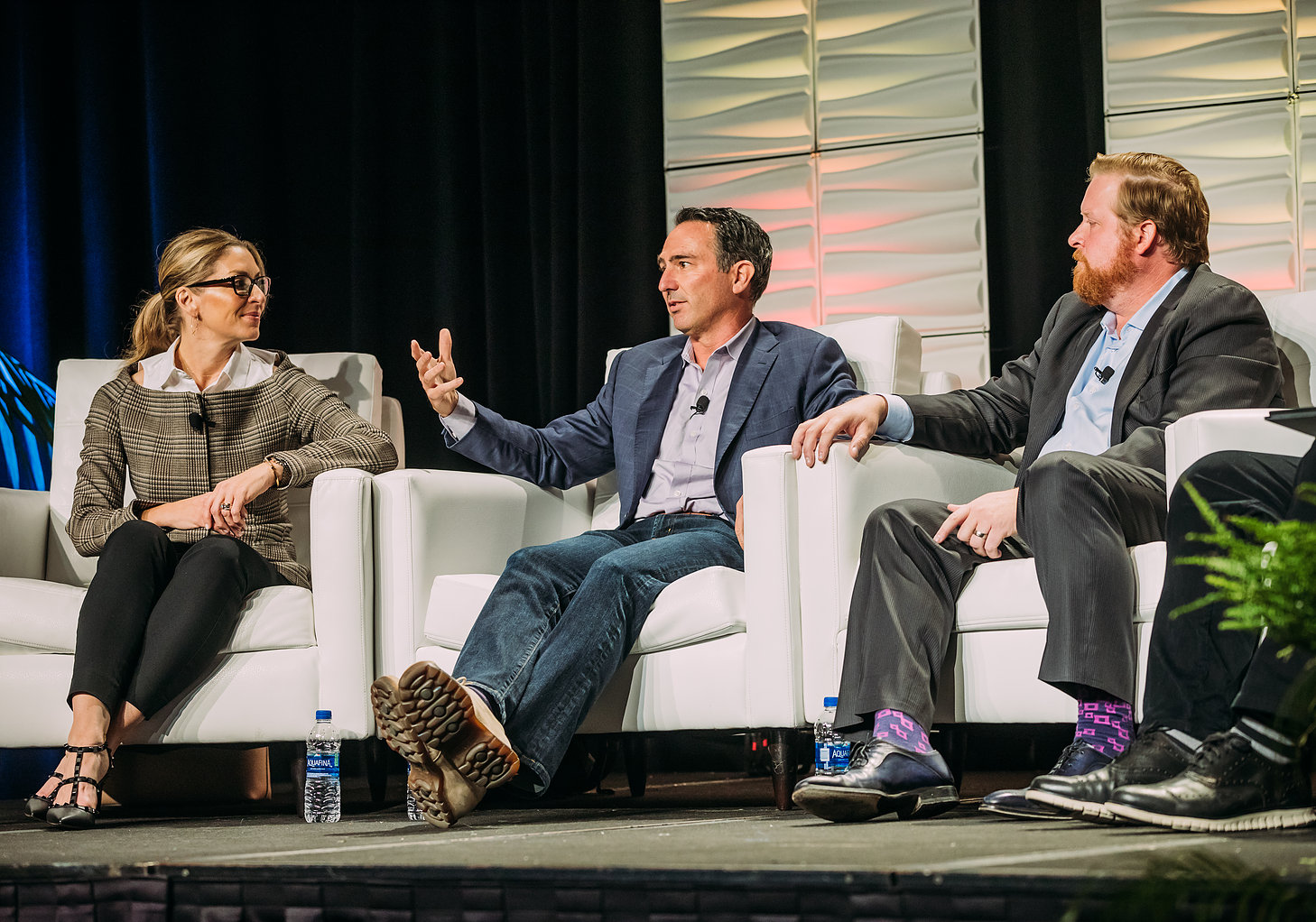
The single-family rental sector may only be 10 years old, but it is already providing key lessons for its multifamily counterparts in leads and operations.
At the 2018 Apartment Internet Marketing (AIM) Conference, panelists for the “Future Tech: Advances in Leasing and Operational Technology from Single Family Rentals” session represent pioneers in an industry sector that is barely 10 years old.
As moderator Todd Katler, CEO of Anyone Home, an Irvine, CA-based service contractor for single-family property managers at the REIT level, observed during introductions, “We all spent our entire careers in multifamily. It’s really all we knew. So at first we thought, “What did single family need to learn from multifamily? But now it’s what we’ve learned from single family that applies to multifamily.”
Each panelist including moderator Katler, has identified an industry need that could be satisfied by leveraging technology. These included




The review of best industry practices that was forced on the fledgling sector was perhaps a long time coming for the industry in general. “Nobody chooses to be in property management,” noted Brien, “you just end up here.” But when Brien found himself managing 17,000 single-family rentals in 13 markets, he realized he was running a REIT and needed a software management solution for public and institutional investors.
For the panel, the biggest a-ha moments involved scale comparisons:
Realizing a leasing opportunity out of the massive housing crisis of nearly a decade ago was essentially the wild wild west. “No one had worked at this scale before,” said Katler. “Whether you were an institutional investor or a manager, you were at startup.” Haldeman said they turned to technology because, “We could not have a profitable business with a traditional multifamily staffing.”
Panelists suggest that some solutions created for single family could also improve operational efficiencies for multifamily. Some are high-tech, some are high-touch and include:
